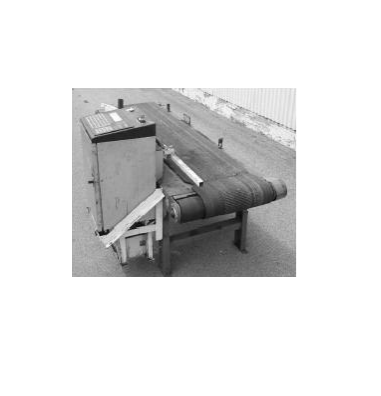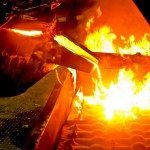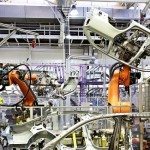As outlined in the document ‘CONVEYORS‘ from the University of Mosul, these conveyors, whether gravity or powered, play a crucial role in the continuous or intermittent movement of bulk or unit loads. Leaders in the industry specialize in providing gravity and powered equipment that facilitates the seamless conveyance of materials. Their expertise lies in designing and manufacturing belt conveyors, characterized by an endless, flat, and flexible belt made of various materials such as fabric, rubber, plastic, leather, or metal.
A typical belt conveyor consists of an endless flat belt with sufficient strength, placed over two metallic flat pulleys at each end. Driven in one direction by one of the end pulleys, the moving belt serves as a platform for transporting materials. The active half of the belt is supported by idler rollers or a slider bed, while the return half, which generally carries no additional load, may or may not be supported. The continuous tensioning of the endless belt is maintained by a belt tensioning arrangement.
Key characteristics of belt conveyors include their operation in one vertical plane, either horizontally or with an inclination, depending on the frictional properties of the conveyed load. Multiple belt conveyors may be employed for changing the direction of materials in the horizontal plane. The conveying capacity can be controlled by adjusting the belt speed, making these conveyors suitable for continuous material flow. Special belts designed to handle hot, abrasive, or reactive materials are also available.
To learn more about May Conveyor products click here
Photo and article with all rights reserved, courtesy of uomosul.edu.iq








